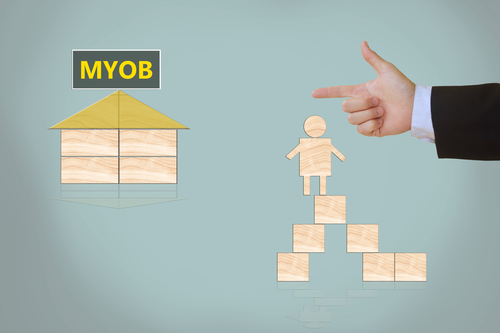5 Accounting Equation Methods Catered For Corporations

With the ever thriving plethora of corporate accounting services in Singapore, it is not uncommon for companies to consider the option to outsource accounting to professional accounting firms. While that may be so, business owners are still highly encouraged to familiarise themselves with the basics of accounting so as to double-check and minimise the occurrence of subtle errors. For starters, here are 5 basic accounting equation examples catered for corporations:
- Basic
As a general practice, the basic accounting equation for corporations is denoted with assets being the sum of liabilities as well as Stockholders’ equity (Assets = Stockholders’ Equity + Liabilities). Different transactions will affect the corporation’s accounting equation, balance sheet and income statement in differing ways. Pay attention to the cash amount, accounts receivable, equipment, common stock, notes payable, retained earnings, treasury, service revenues, advertising expense, accounts payable and temp service expense amongst other factors.
- Stock
When stocks contain no par value and no stated value, the assets of the corporation as well as stockholders’ equity would increase in an equivalent amount, thereby balancing out the accounting equation. This accounting equation reveals that the source of the corporation assets are from the stockholders. Stocks that have been purchased from the stockholders by the corporation would be stored in the Treasury stock. In situations where corporations purchase their own stock for cash, the corporation’s total assets as well as stockholders’ equity decreases equivalently.
- Equipment
Another factor that affects the way the accounting equation is applied would be the purchase of equipment. Equipment purchasing is typically not treated as an immediate expense- the purchase only serves to become a form of depreciation expense only when the equipment has been placed into service. Pay attention to the date where the equipment is placed into service. If it hasn’t been done so, then there would be no expenses in the particular transaction, or earlier transactions when reported in the corporation’s income statement.
- Service Revenues (Earned Revenues)
Payment and billing methods differ from case to case. However, most corporations choose to bill their clients and offer a 30 day leeway before the payment amount is due. Once the corporation has performed and completed the service for their clients, this automatically means that the corporation has earned revenues, and reserves the right to receive the agreed upon amount from their clients. In situations like these, the stockholders’ equity in the accounting equation will increase. However, one must take care to note that the revenue transaction is instead recorded in the Service revenues section instead of directly into the Stockholders’ Equity account.
This is usually to provide corporations with the opportunity to report the revenues account through it’s income statement at any given time. The amount located in the revenues accounts will only be transferred into the retained earnings account after the year end.
- Temporary Service Expense
If corporations outsource work to temporary help services, the invoice can be recorded immediately while the amount is paid only after a certain amount of days. The accounting equation will then be amended to reveal that the corporation’s liabilities increase whereas the stockholders’ equity decreases by the amount of payment that is owed to the temporary help services. The liabilities incurred should be recorded under the Accounts Payable section whereas expenses should be recorded in Temporary Service Expenses.